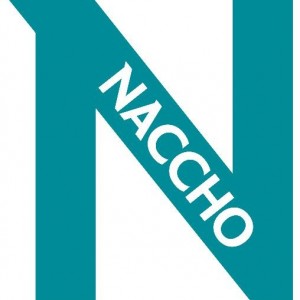By Gloria Tobias, RN, PHN, Public Health Nurse, Countryside Public Health (Madison, MN)
The Challenge
When Countryside saw lower than desired rates of vaccination in the 1990’s they looked at the Minnesota Immunization Registry (MIIC) to see what their data showed. Using both the data from MIIC and other anecdotal evidence, they determined a number of reasons children weren’t getting vaccinated. These included people living miles away from their provider, making it difficult to go often to get vaccinations, as well as some being unsure of their vaccination status. They also noticed low vaccination rates among two special populations in their area, Hutterites and Micronesians.
The Solution
To identify un/under-vaccinated individuals and communities throughout the region, Countryside Public Health utilizes their registry to identify gaps in overall vaccination coverage, track immunization trends, and identify individuals that may not be up-to-date on their vaccinations. Countryside closely examines registry data as a regular practice, regardless of the occurrence of vaccine-preventable disease outbreaks in the area.
Many in the Hutterite culture do not vaccinate infants, though they will vaccinate when the children are older for school. They have a specific form of health insurance which first caused difficulty with payment for vaccine. Countryside Public Health worked with the healthcare providers and their insurance representative to ensure that vaccinations are covered by the insurance.
Over the last ten years, the jurisdiction has had a growing Micronesian community. Vaccinations are not common in the Federated States of Micronesia, so people often come to the area with no history or record of vaccination. It is difficult to obtain records from Micronesia, and many individuals are unsure which, if any, vaccinations they have had. When it was determined which vaccinations they needed, the Micronesian community was open and readily received these vaccinations.
Results
Key to the success of this immunization program is the relationship Countryside Public Health has with other health department programs, healthcare providers, schools, and daycares in their area. The immunization program often collaborates with the jurisdiction’s WIC program to bring children up-to-date on their immunizations. WIC routinely uses MIIC to identify un/under-vaccinated children and ensure that they receive needed vaccines in the clinic or referred to their primary care provider before the end of the family’s visit. In efforts to collaborate with community healthcare providers, the immunization program ensures that providers are trained on the standards of practice for immunizations, proper storage and handling, as well as administrative processes such as immunization registry use.
Countryside also provides quarterly MIIC reports to area clinics detailing the children in their practice that require vaccination services. Countryside has established strong partnerships with the school nurses and daycare providers across the five counties. When a child does not have a primary care doctor and is behind on immunizations, Countryside notifies the school nurse to contact the parents to arrange immunization services. Daycare providers, which need to comply with immunization requirements for licensure, often work with the health department to review records and reach out to the parents of un/under-vaccinated children.
Lessons Learned
Collectively, Countryside Public Health has strongly relied on the state immunization registry, outreach and education, and community partnerships as effective means to increase awareness of the importance of vaccines, combat vaccine misinformation, and maintain high immunization rates across the jurisdiction. For their efforts in immunization, three of the local counties have received awards from the state of Minnesota, and a Countryside Public Health staff member, Gloria Tobias, RN, PHN, was recognized as a 2019 National Immunization Champion by the CDC.







